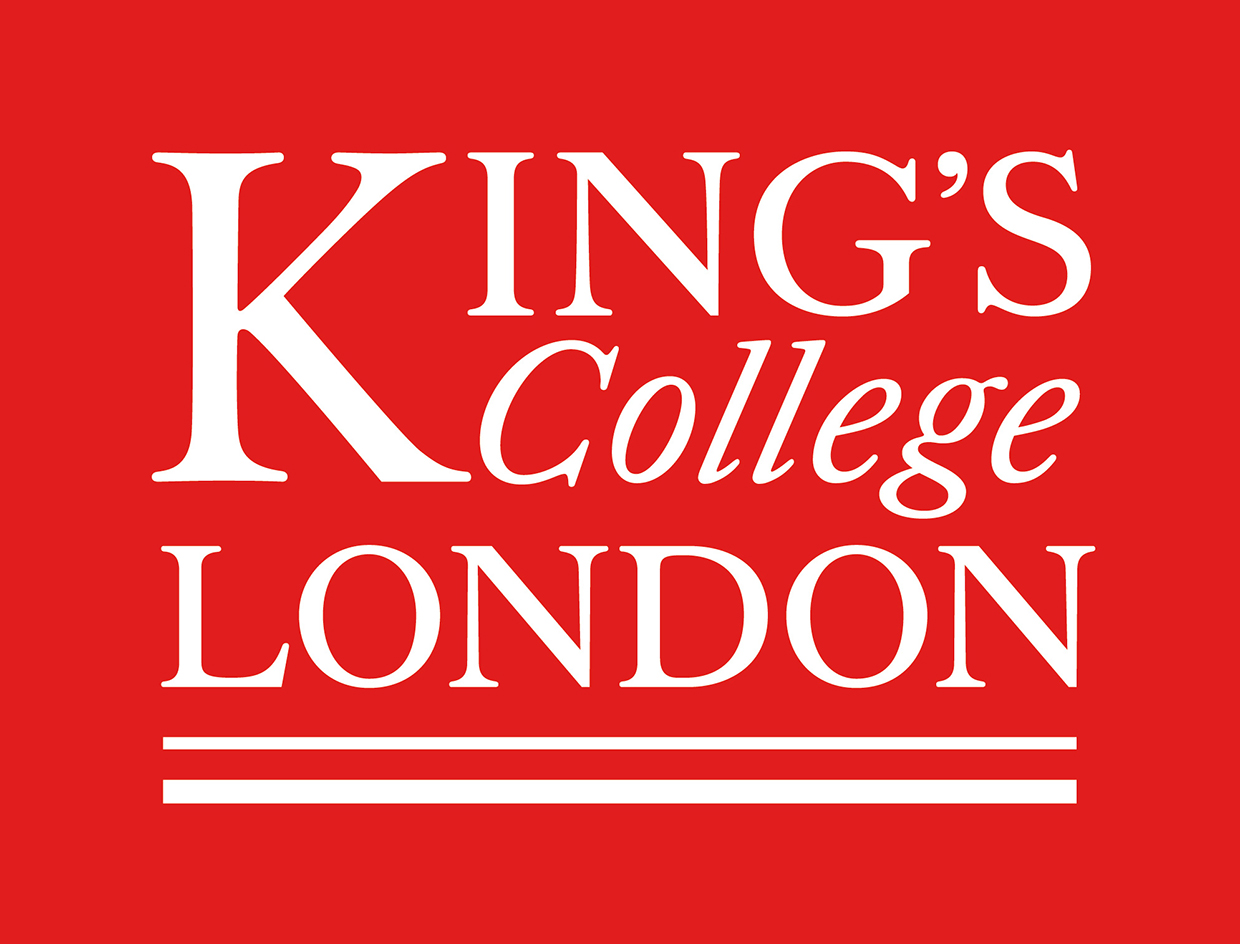Post contributed by CF Jiashu
 London was settled by the Romans around 50 AD, where it served as a commercial centre until its abandonment in the 5th century. During these four hundred years of Roman rule, many traces of this period can still be found today. Here are three Roman heritages I recommend to visit:
London was settled by the Romans around 50 AD, where it served as a commercial centre until its abandonment in the 5th century. During these four hundred years of Roman rule, many traces of this period can still be found today. Here are three Roman heritages I recommend to visit:
- London Wall
The wall, built between 190 and 225 AD, is a defensive wall that encircled Roman London, which mostly covers the City of London today. The wall continued to be maintained and strengthened until at least the end of the 4th century, making it one of the most consistently maintained structures in Roman Britain. It was also one of the largest, alongside Hadrian’s wall and the road network, for once built, the wall was 2 miles long and 6 metres high.
After the abandonment of Londinium by the Romans, the walls remained to be used actively as fortification for more than another 1,000 years. It underwent constant repairs, such as when London was reconquered by the Anglo-Saxons during the Viking raids, when Alfred the Great carried out building projects to rebuild crumbling defences, recut the defensive ditch, and resettled the city as Lundenburg.
The wal lwas further modified in the medieval period, with the construction of crenellations, gates and bastion towers. This formed part of a defensive line that incorporated The Tower of London, Baynard’s Castle and Montfichet’s Tower.
It was not until as late as the 18th and 19th centuries that the wall underwent substantial demolition, although even then large portions of it survived by being incorporated into other structures. Amid the devastation of the Blitz in WW2, some of the tallest ruins in the bomb-damaged city centre were actually remnants of the Roman wall. The wall survives today in several locations.
- Roman Burial
In 1995 archaeological investigations were carried out on the site of the Baltic Exchange, now known as the site of 30 St Mary Axe.
During these investigations, the body of the young Roman was found and removed to the Museum of London. Buried over 1600 years ago, between AD 350 and 400, she was finally returned to her original resting place twelve years after she was first discovered and removed from the City of London.
An inscription on modern burial site says:
DIS MANIBVS PVELLA INCOGNITA LONDINIENSIS HIC SEPVLTA EST
To the spirits of the dead, the unknown young girl from Roman London lies buried here. The burial would have lain just outside an early boundary ditch marking the edge of the Roman city. The body was supine, with the head to the south and the arms folded across the body (with the right forearm over the left). Pottery found in association with the burial has been dated to AD 350-400. Her resting place resides at the foot of the Gherkin.
- Roman Fort
The Roman fort of Londinium (City of London, England) was built around 120 AD, just north-west of the main population settlement.
It covered 12 acres and was almost square in size, 200m along each length. As Londinium grew, the fort was later absorbed into the defensive wall that surrounded the city.
The fort could house up to 1000 men and provided suitable barracks and gated entry. However, a century later the site was decommissioned and buildings dismantled as the military situation in the southern edge of Britannia had become more secure.
Today, the forts northern and western edges still remain visible, along with Saxon fortifications and medieval bastion towers as part of the Barbican and Museum of London complex.


Leave a Reply